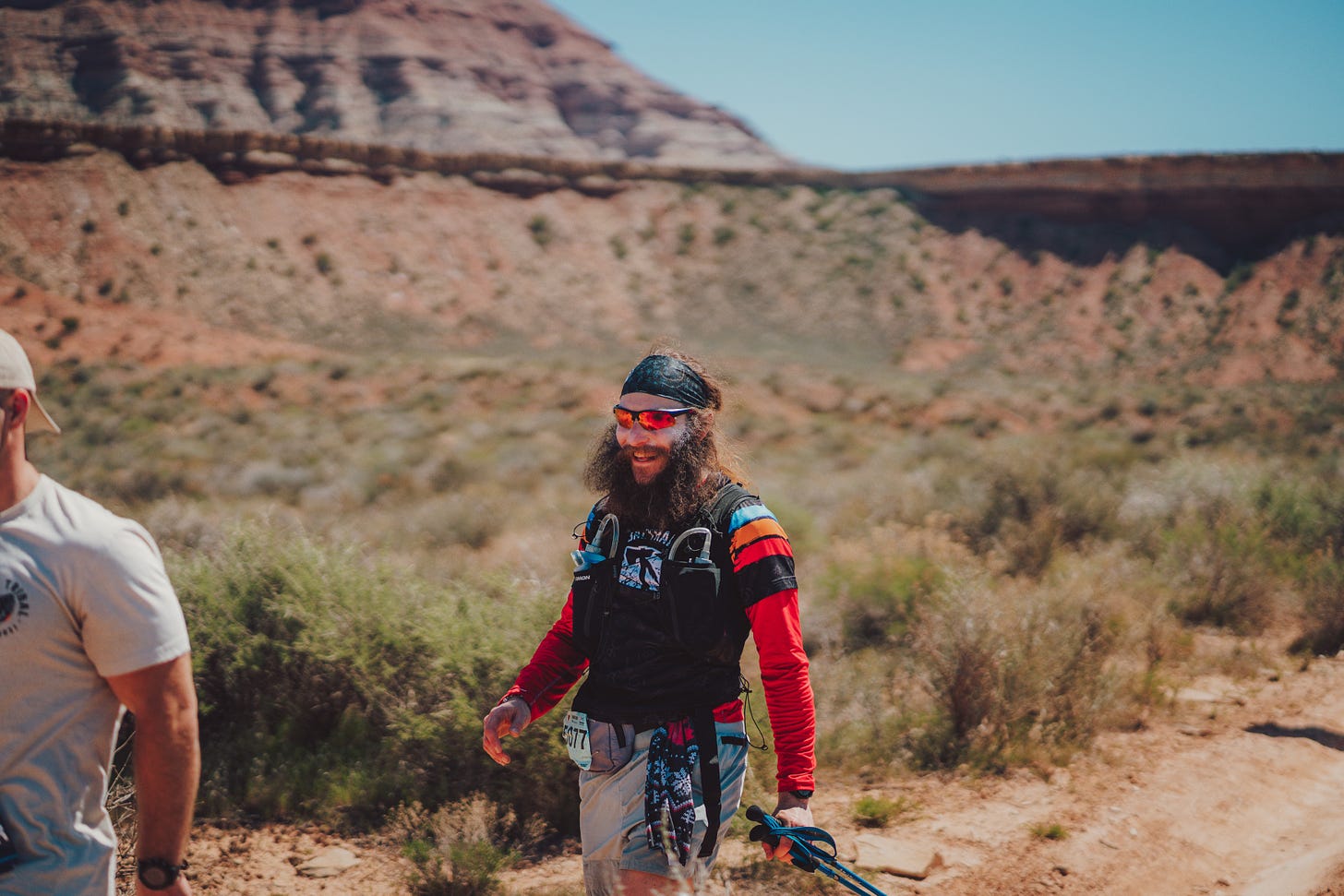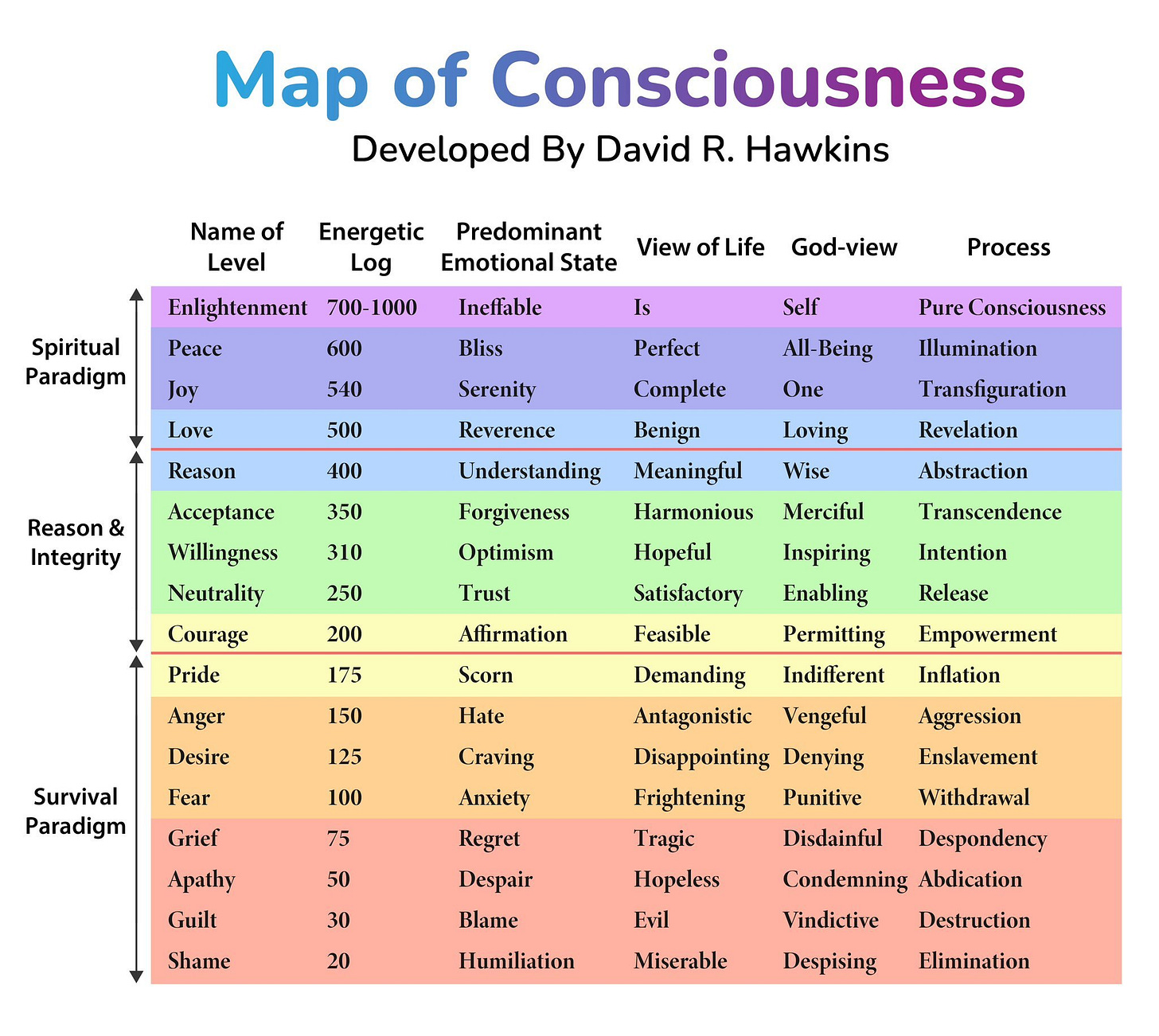Pain doesn’t require sufferring
In the distance running world there’s a famous saying that’s always on the tips of our tongues and in the front of our minds: “Pain is inevitable, suffering is optional.”
I first read this in Haruki Murakami’s memoir on writing and running ‘What I talk about when I talk about Running.’
The idea behind this powerful line is simple. We know that physical pain is part of our choice to cover long distances on foot. But that doesn’t mean that physical pain weighs us down or causes us to dislike the experience. Instead, we embrace the pain and endeavour to move through it.
I describe it to my Tribal Teammates and coaching clients this way: In a long distance event, the race doesn’t start UNTIL you start feeling like you want to quit.
So how do you embrace discomfort and rejoice when you finally reach the dark place?
It’s all about framing and intention.
Smile at the Pain
If the nature of endurance sports and distance running is to bring us to our breaking point, in hopes of breaking through it, then we should welcome pain.
That’s our signal that we’ve arrived to the challenge we hoped to meet.
This is where mindset training comes in huge, and why endurance sports have an outsized impact on our lives outside of the arena.
We learn how to combat adversity in a positive frame, instead of looking at all the ways we’re being held back.
The pain becomes a signal to move forward, and we should SMILE at being given the opportunity to prove ourselves. Afterall, we chose this arena.
There’s another important factor in this, you take away the power of pain by embracing it.
When I plunge into ice rivers I know it’s going to hurt. But I accept the physical cost of finding spiritual enlightenment and mental fortitude. I calmly breathe through the discomfort to find the peace in the chaos.
Laughter, joy, fun, and happiness take away the sting of disappointment, struggle, discomfort, and pain.
Energy Scale
There’s a funny thing that happens at the tail end of a spectrum, if you look closely the opposite ends looks similar. Take energy waves for example. On one far end you have the stereotypical hippy-holisitic idea of ‘enegy maaaan’ but what on the other? That’s the experimental physicists who tell us that the entire universe is a series of ‘waves.’
I’m not here to convince you about energy fields or frequencies. But I want you to understand that the words we use about our experiences puts us in a high or low energy state.
This chart below shows us what words are associated with each state.
When we are just trying to survive, we are ruled by a host of negative emotions.
When we use our minds to analyze and reason we move into more positive emotions.
But the top of the scale, that’s where the spirit and heart dominate.
This is why ‘smile at the pain’ works. When we feel adveristy and move to words like “anger, frustration, anxiety, fear, regret, despair, etc…” we get pulled further down towards negative emotion and ultimately hopelessness.
The weight of the effort becomes too much.
But if we meet adversity with words like “understanding, acceptance, love, joy, optimisn, hope, transcendence, etc” we get pulled up the scale and can overcome the struggle.
Where are you acting from?
I use this scale all the time, not just in athletic conversations and situations.
I approach all adversity from this perspective.
It helps me accurately gauge my initital reaction: ‘What am I feeling and why?”
It helps me move up the scale: ‘How can I improve my feeling about this a little bit’
It helps me live in the spiritual realm more often than the survival realm.
I bet you learned a lot about yourself by just looking at this chart.
My challenge is simple.
Audit your language you use about your experiences using this chart.
Notice when you are using negative words and projecting negative energy and endeavour to move up the scale.
If you’re “fearful” about a situation can you move up to “courage” and maybe even “acceptance”?
Don’t try to make all the steps at once, or go one step at a time. Just let your curiosity and honesty point you in the right direction.
I know if you take this seriously, it will have serious impact on your ability to ‘smile through the pain’ of any adversity, within or outside of sports.
If you have questions about how to use this scale or want to know more about how I use this approach to help my clients breakthrough internal limits message me using the button below and let’s chat. I’m here to help!






